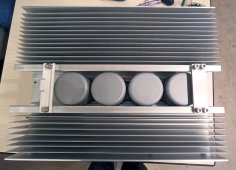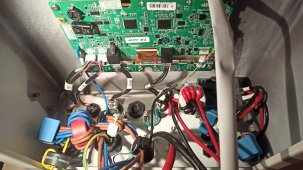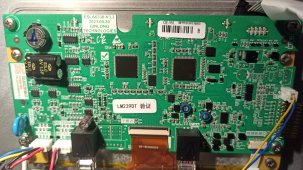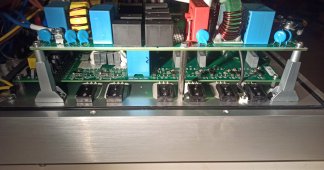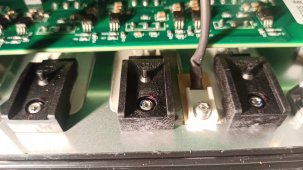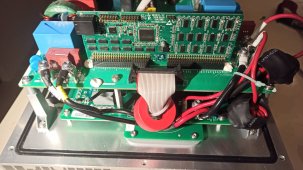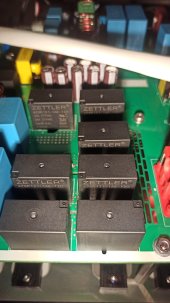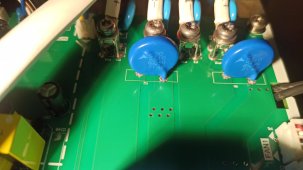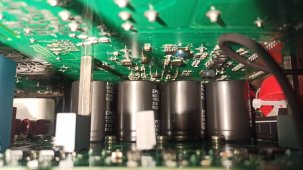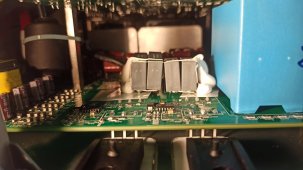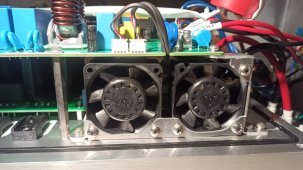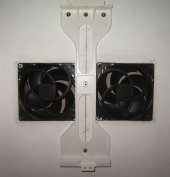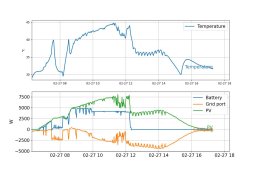Results:Let us know if it powers up automatically when get PV again. Also, have you measured how much battery consumption reduces by when you put it in sleep mode?
Yesterday at midnight, battery SOC was 11%. I turned the inverter off using the GUI.
This morning at 8AM, battery SOC was still 11%. So it used less than 1% of 10kWh, or 100 Wh during 8 hours, which means less than 12W. It does seem to use much less power when off.
When off:
- RS485 and GUI are still operational
- It does not turn on automatically when solar panels receive sunlight.
- It seems to use solar to power itself instead of battery. DC bus voltage rises with solar voltage. This is logical (and unavoidable) because it uses boost MPPT topology so there is a diode between MPPT input and DC bus. I guess the internal electronics must be powered from both the batteries and the DC bus, with priority to the latter.
- If the battery is cut off (simulating BMS over discharge cutoff) and there is no solar, it will shut down completely. Then when solar is available, it turns back on. It doesn't remember the "OFF" setting, so it wakes up fully ON.
Solving the problem of draining battery while doing nothing useful because it is below the allowed SOC:
Even when off the RS485 port is still working and the MPPT DC input voltage can be queried, it returns correct values. So if you use a small computer that's always on, it is possible to check DC input voltage registers (or DC bus voltage) and if it looks high enough, issue a turn-on command via RS485.
However when it's off, the backup output is disabled, so the controlling computer will need to be powered from mains. This means it won't be able to turn the inverter on if there's a blackout. Fortunately mains voltage is available on RS485 (or it can be sensed easily with a simple circuit) so if the capacitors in the computer's switching supply have enough stored energy to keep it on for a second or two, that's enough to turn the inverter on via RS485 if mains voltage disappears.
Another solution would be a UPS, like a USB powerbank, to keep the controlling computer on. Or it could be powered from the 48V battery directly.




